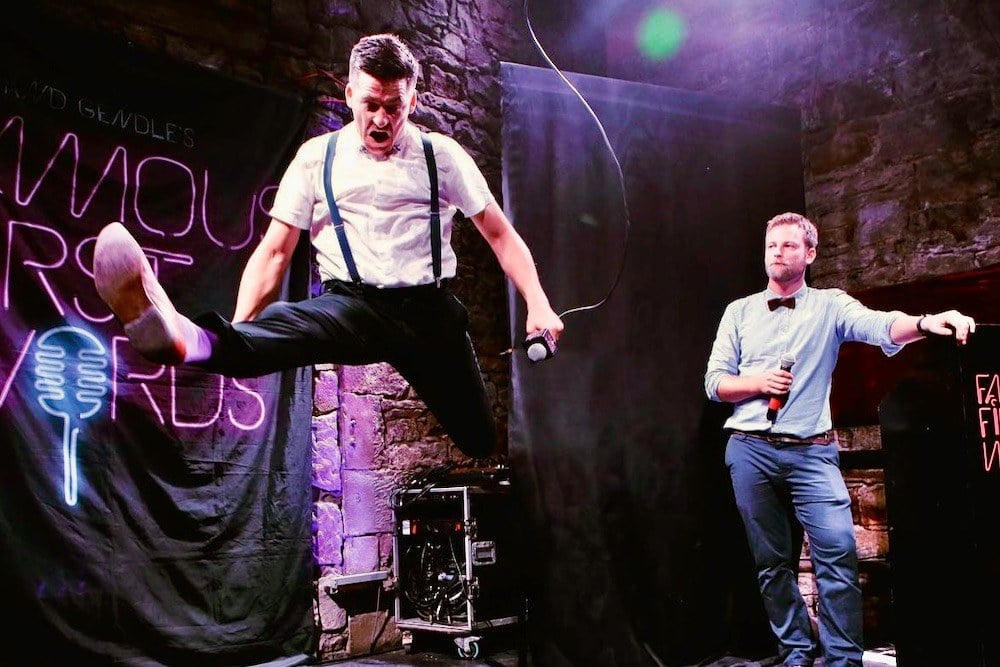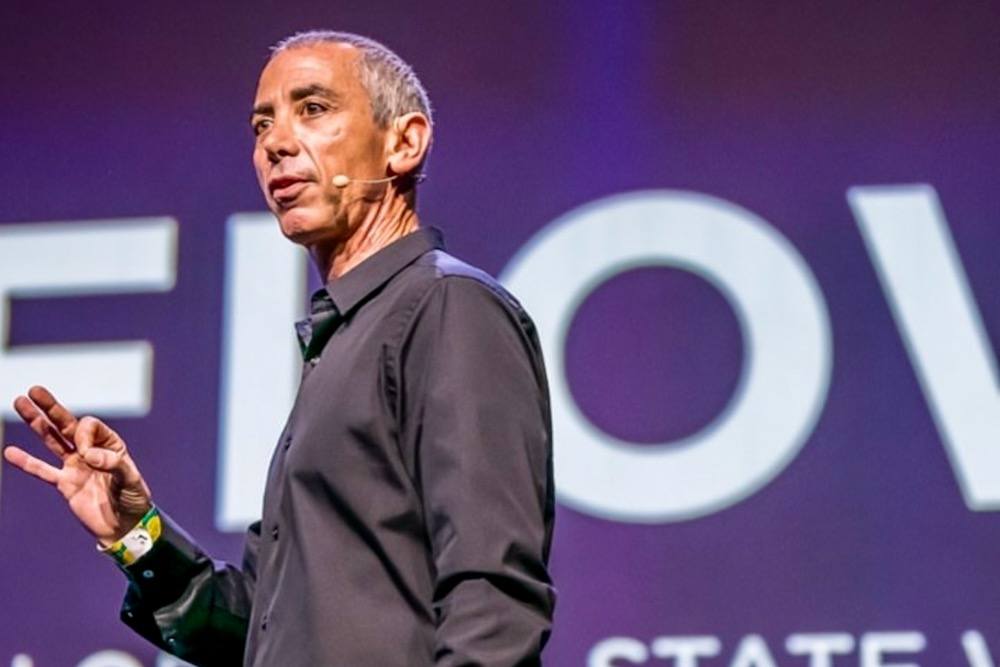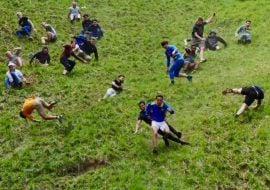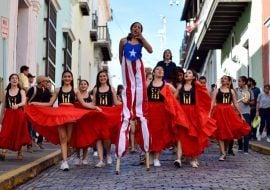The Ultimate Ski Guide to Vail Colorado


Where to Ski and what to do in Vail Colorado
It is hard to talk about Colorado skiing without talking about Vail. The largest ski resort in Colorado, United States – and the third-largest in the United States – lives up to the hype: the place is massive and the terrain is stellar. And it makes sense – Vail was founded by Pete Seibert, a member of the famous 10th Mountain Division in World War II, trained to operate in intense alpine and arctic conditions. The Division was based at Camp Hale, a few miles from the Mount of the Holy Cross – and less than 10 miles from what are now the back bowls at Vail.
The resort is open for the 2020/2021 winter season but you have to cover your face and social distance.
The Mountain
Vail Colorado has three general sections, represented as three different panels on their trail map: The Front Side, The Back Bowls and Blue Sky Basin.
The Front Side
Vail’s Front side is on the northern aspect, perched above I-70 at the base of Vail Pass. Two gondolas and five lifts (including a few bunny hills / magic carpets) whisk skiers up from two main base areas, Vail Village to the east and Lionshead to the west, and another lift services west Vail’s Cascade Village. The front is an expansive playground with all sorts of terrain and several lifts that provide access to the ridge and the back bowls.
A few landmarks are worth mentioning that serve as rally points or mid-mountain lunch stops. From east to west – left to right on the trail map, Two Elk Lodge, Henry’s Hut, Mid Vail, Wildwood and Eagle’s Nest all are good spots to meet, warm up, and possibly grab a snack – though prices are as steep as you’d expect for mid-mountain amenities.
Skiers and riders can find just about any terrain on Vail’s front side, from cruisey greens off Sourdough Express to cliffy steeps at the top of Northwoods, double blacks in the aspens below Gondola One to fun blues in the open and the trees serviced by Pride Express. You could easily spend a day – probably two or three – exploring the front side, and the word from the locals was that often the best powder is on the front (throngs flock to the back, and to Blue Sky Basin). The northern aspect will be colder and shadier, especially in the spring; on the flip side it may make for softer, deeper snow longer. Do note – while it is possible to get all the way back to Lionshead from Two Elk Lodge there’s a lot of catwalk riding; your correspondent rode Northwoods Express to make for a stellar – read > 3,000 foot – last run.
The Back Bowls

The Back Bowls make up over half of the 5,289 skiable acres, and take just about an entire day to even do a few runs on each of the 5 lifts. This is classic Colorado Rockies skiing – wide open basins above tree line, almost all black diamonds, with a wild diversity of terrain features including creeks and gullies, cliffs, forests and glades – on and on. The bowls primarily face south, meaning they can get a little crusty if the weather warms up, but would make for stellar spring skiing late season afternoons.
Each massive bowl is serviced by one lift, sometimes requiring a bit of a run-out on a catwalk after skiing a line. This contributor spent an entire day almost exclusively in the back and barely had time to do more than two runs on each lift. Highlights included an excellent gully – still holding deep powder a few days after the last big storm – on lower Seldom, a southeast-facing black with some excellent tree skiing, as well as the awesome southwestern aspect Shangri-La Glade underneath the Orient Express lift.
The Orient Express deserves its own paragraph – furthest east, the lift provides access to the China and Siberia Bowls, divided by the flank of a southern sloping shoulder off of Vail’s main ridge. These two bowls were the perfect playground for the intermediate to advanced skier, offering blues and blacks with open snowfields, moguls, glades, and so on. The true value of the Orient Express, though, is that it offers access – via a left-sloping catwalk called Silk Road – to the Mongolia poma lift, providing a little boost up to the Inner and Outer Mongolia Bowls. These bowls butt up against the eastern boundary of the resort (including at least backcountry access gate, through which we saw one foolish man pass through – alone). The poma lift runs intermittently, but if it’s not spinning, don’t be discouraged. The peak of your correspondent and his riding partners’ day was earned by a 15-minute hike up the lift line, where we gained access to Bolshoi Ballroom, a stunning open snowfield of deep, untracked powder. If you are a bowl skier and you make it to Vail, do not miss the Mongolia Bowls.
Blue Sky Basin

Photo credit: On The Snow
The third and final section on the Vail Colorado trail map is Blue Sky Basin. Opened in January 2000, the basin expanded Vail’s terrain by 500 acres, adding more northern-facing glade and steep skiing. Blue Sky Basin is accessed off the bottom of Tea Cup, China and Siberia Bowls and has three high speed lifts. You could spend at least a day back there exploring, and grab a quick lunch at Belle’s Camp. Blue Sky Basin is a classic and shouldn’t be missed.
Logistics
Vail Colorado has a unique character amongst ski towns – it was built because the ski resort was opened, and not the other way around. The resorts founders recognized the market opportunity implicit in opening a ski area less than two hours from downtown Denver, and sagely predicted a population boom in the Front Range.
As a result of the resort preceding the town, development is scattered on curving roads along the interstate, with a tangle of modern lodges, condominiums, houses, retail shops and galleries. There is a wealth of amenities and quite a robust public transit system to help people get around.
Travel

Photo credit: Vist Denver
Getting to and around Vail Colorado is actually quite easy given its location in the heart of the Rocky Mountains. Typically out-of-staters land at the iconic white tents of Denver International Airport. From there you can either rent a car or take some mass transit to Vail, about two hours away – without traffic.
If you’re trying to avoid renting your own car the simplest option is to hop the Colorado Mountain Express (CME), running from the airport to Vail / Beaver Creek every hour from 8 AM – 11 PM through the winter. At around $85 per person each way it is a pretty steep add-on to the airfare. For those who are more budget-minded and willing to cope with a little more hassle, the RTD Light Rail runs from DIA to downtown Denver – Union Station – for $9 each way. At Union Station catch the Bustang West Line to Vail Transportation Center for $17 one way. Note that Bustang has a much more limited schedule than CME – do your research before you buy flights.
Once in Vail it is easy to get around without a car. Uber and Lyft serve the city, but the real beauty is in the free shuttles the Town of Vail runs throughout the year. Check current schedules on these as well – they don’t always come often – but most of the town is serviced by the shuttles.
If you do opt to rent a vehicle, it’s quite a simple shot from the airport to Vail – I-70 the entire way. There can be horrendous traffic on I-70 westbound if you time it wrong – weekends from 7 – 11 AM and some Friday evenings – but the drive is stunning. If you’re visiting in winter, to be on the safe side rent something good in the snow, you’ll go over 10,662 foot high Vail Pass.
Where to Eat

Photo credit: Blue Moose Pizza
There is no shortage of great food options in Vail, from casual to fine. Naturally prices are a touch inflated – it is a ski town – but it is possible to eat well without breaking the bank. And, if you’re there with some extra cash, you can definitely find a number of stellar dining experiences.
Annapurna Nepali and Indian Cuisine
Opened by a Nepali immigrant couple in 2015, Annapurna offers authentic Himalayan and Indian cuisine for reasonable prices – even for Vail. The restaurant is located in the Evergreen Lodge between Vail Village and Lionshead.
Location: 250 S Frontage Rd W, Vail Colorado
Blue Moose Pizza
For an easy slice or pie head to Blue Moose Pizza at the base of the Eagle Bahn Gondola in Lionshead. The place is casual, open and well-lit, with good pizza and an adequate alcohol selection. An 18” pie – good for three hungry people after a day on the slopes – runs about $25.
Location: 675 Lionshead Pl, Vail Colorado
Where to Eat
Vail has many options to stay in, from luxury hotels like The Arrabelle at Vail Square, mountain lodges like the Lodge at Lionshead to small apartments if you prefer a quieter setting.
Skiing and Riding

Tickets
It’ll run you approx. $200 to buy a one-day lift ticket at the window at Vail in the season. There are ways to get a better deal, but tickets will end up consuming a significant part of your budget – it’s worth doing some training so you can make the most of your ski days.
Online you can save a little money, but if you’re planning on skiing more than three days – and are planning your trip far enough in advance – it is worth looking into buying a pass. Make sure you read the fine print as some of the passes have blackout dates, but many provide access to other mountains around the country – and around the world – so you might end up getting a little more bang for your buck.
Rentals
If you’re not going to lug your gear on the plane, it probably makes sense to rent. Vail is rife with rental shops – Black Tie, Vista Bahn, Christy Sports Vail – all running approximately $45 – $60 / day, depending on whether or not you want performance equipment. It is definitely worth noting that renting skis down in Denver, or on the way up to Vail, can save you almost 50% – Christy Sports Lakewood and Breeze are a few minutes off I-70 and could shave a chunk off the total cost of your vacation for a little extra coordination.
Related Articles: Burton US Open Championships Returns to Vail and 10 Ski Town Festivals You Don’t Want To Miss
Feature image credit: Skier: Matt Luczcow. Photo by David T. Neff Photography
Last updated on Jan 6, 2021Have you subscribed to our Newsletter or Podcast? Listen to us on Apple Podcast and Spotify and follow us on Facebook, Instagram Twitter and YouTube.
Accommodation near Vail
Rad Season is providing you with rentals and hotels at the lowest prices available online. Book your stay near Vail using the map below!








